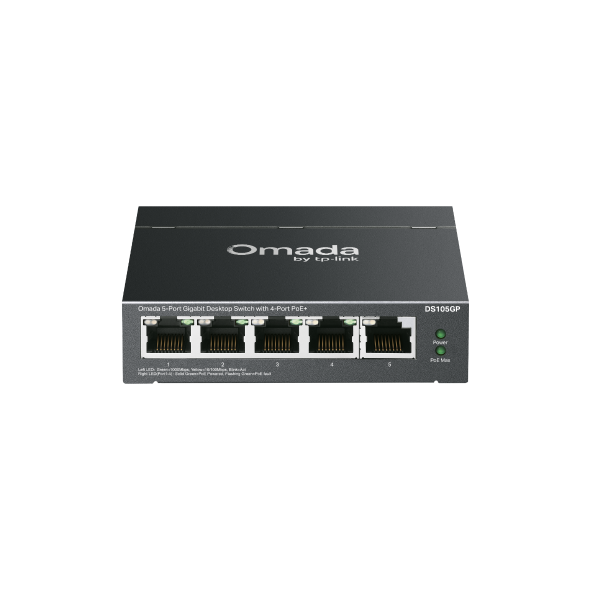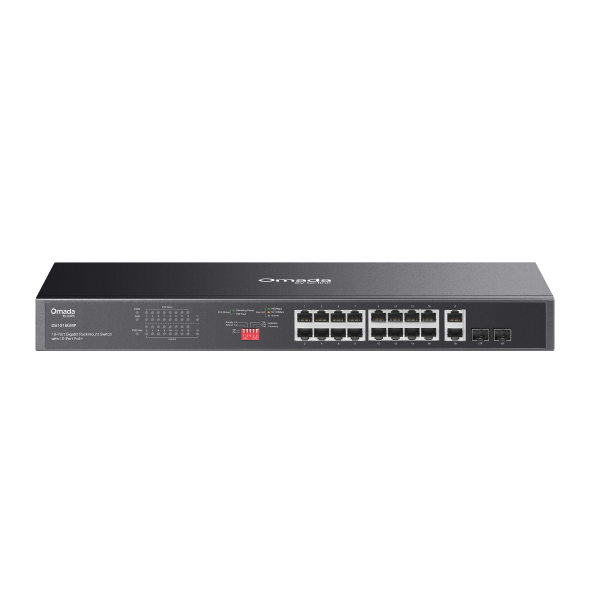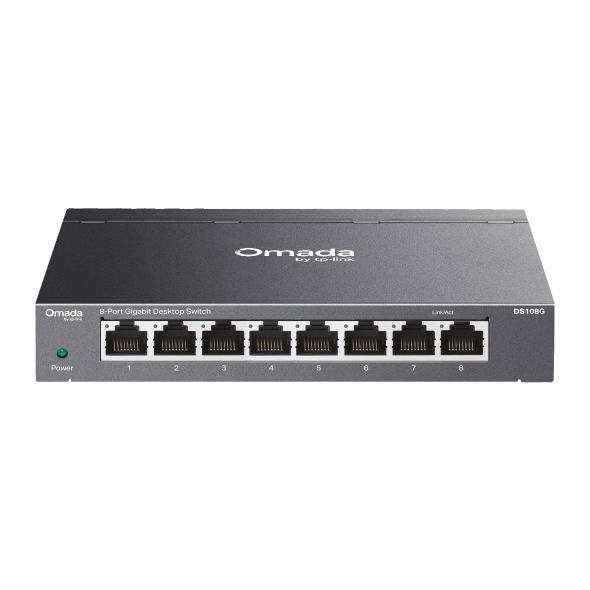What are the differences in features and application scenarios among various serial switches?
This Article Applies to:
There is L2/L3 managed Switch, Smart Switch, Easy Smart Switch and Unmanaged Switch in TP-Link official website, this article will give a brief account about the features and application scenarios of the respective switch.
Unmanaged Switch
You are not able to configure the unmanaged switch because it doesn’t support any configuration interface or options. It is plug-and-play, so you only need to connect your computer or other network devices to the unmanaged switch directly. Therefore, if you do not need any L2 features, but only need to extend the number of Ethernet ports, unmanaged switch is the right switch for you.
Easy Smart Switch
You can use Utility or Web interface to manage easy smart switch and configure basic settings, such as VLAN, QoS and a few L2 features like LAG, IGMP Snooping and Port Mirroring. If there are no advanced applications needed, easy smart switch should be the best choice for you. Normally, easy smart switch will be found in the home, SOHO or small business.
Smart Switch
Smart switch can be managed by Web interface, Telnet, SSH and SNMP. It supports far more L2 features and better QoS than easy smart switch, additionally, smart switch supports more advanced functions like ACL and Spanning Tree protocol, if you want to support a solution for one small company or colleague with a lower price, the Smart switch is the indispensable device.
L2 Managed Switch
L2 managed switch has a console port for CLI (Command Line Interface), it has all the managing ways and advanced features that smart switch has, besides, L2 managed switch has abundant VLAN and Multicast features as well as cluster for logical stacking and Network Security features including 802.1X and IP-MAC binding. So you can use L2 managed switch to build a resiliency and availability network or even build up a small ISP Access Network.
L3 Managed Switch
L2 switch could only work in Layer 2--Data Link Layer of OSI model. But Layer 3 switch has some L3 functions just like a traditional router--static routing, routing protocol like OSPF and ECMP, multicast routing protocol and DHCP relay.
Compared with a traditional router, L3 switch has lower cost but better performance in packet routing speed because the layer 3 switch routes packets by its hardware--ASIC instead of CPU, once it learned the IP address, it will forward packets by switching performance. It is mainly used in the core layer of a middle sized business network, providing better hardware switching performance in routing.
Is this faq useful?
Your feedback helps improve this site.
TP-Link Community
Still need help? Search for answers, ask questions, and get help from TP-Link experts and other users around the world.










